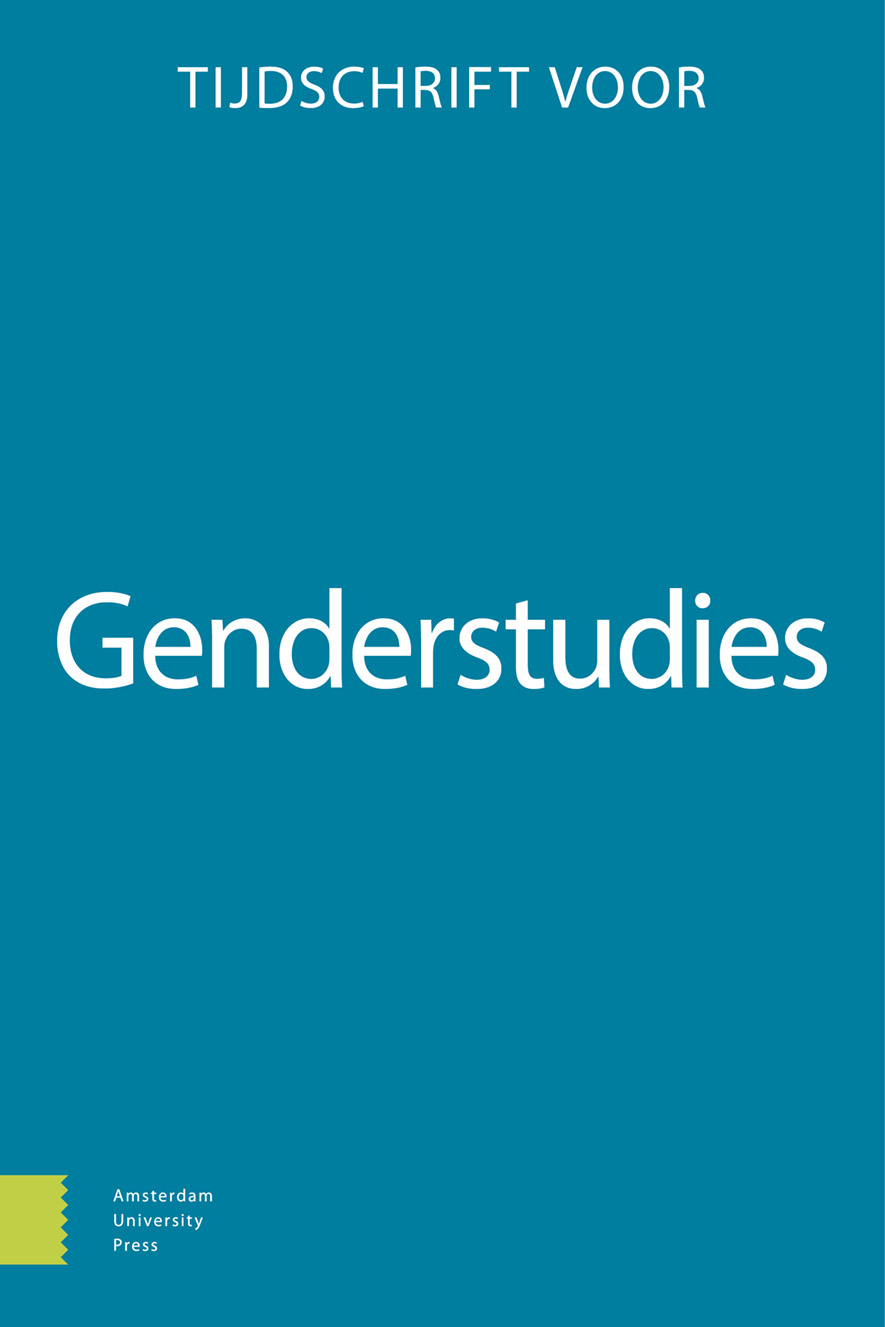-
oa Cripping vulnerability: A disability bioethics approach to the case of early autism interventions
- Amsterdam University Press
- Source: Tijdschrift voor Genderstudies, Volume 25, Issue 1, May 2022, p. 19 - 40
Abstract
The relationships between neurodivergent and disabled communities, and healthcare practices, are marked by ambivalence. While there is a history of harmful and discriminatory practices, the clinical encounter also holds beneficial and empowering potential for neurodivergent and disabled people. To address this ambivalence, this paper’s central question is whether and how bioethical decision-making in healthcare settings can become more informed by critical insights from neurodiversity and disability studies. The bioethical debate in Western countries on early interventions for young autistic children will be the case animating my theoretical propositions. I provide a working definition of such a ‘disability approach to bioethics’ and review the obstacles in both mainstream bioethics and disability studies this approach has to overcome. Then, the ethical concept of vulnerability, its feminist reinterpretation, and its potential for disability bioethics are introduced. Instead of using the concept in its traditional, problematic sense, I propose that vulnerability can be reclaimed, or cripped, by neurodiversity and disability movements to do the exact opposite: to trouble the demarcation between the vulnerable and the invulnerable, to stress structural injustices over individual deficits, and to justify solidaristic, empowering interventions over paternalist ones. Finally, this ‘cripped account of vulnerability’ will be applied to the case of early autism intervention.


